

Since their founding in 1996, SHoP Architects in New York City remains dedicated to an open-minded, collaborative work culture and design process, ensuring that new employees get involved as much as possible from day one. “At every step we stopped to ask ourselves, what will best support open, healthy, lateral collaborations across the studio?,” says SHoP Associate Principal Lisa Schwert.
To this day, SHoP continues to grow and evolve with its staff of 180 people. So what does the firm expect from job candidates when it's time to hire? In Archinect's latest “How To Get A Job At ___”, Schwert got in touch with us to share some job application tips as well as a glimpse into the firm's office culture.
What positions are constantly in-demand at your firm?
We are always looking for talented designers to join our team.
When meeting with a candidate, what are some ways that they can make a positive first impression during the interview?
We look for candidates who have done their research on the firm, and who have a creative and meaningful answer to the question, “Why SHoP?”
What do you want to learn most about the candidate during the interview?
What we want to learn most in an interview is how the candidate thinks. How they think, and how they fit into the culture of the office. We try to learn as much about their personality as possible.
What is the most common mistake that candidates make when applying to your firm?
Related to question #2, a candidate who has not done their research and does not have an interest specifically in SHoP, but instead seems as if they could be interviewing anywhere is probably not a candidate that we would call in for a second or third meeting.
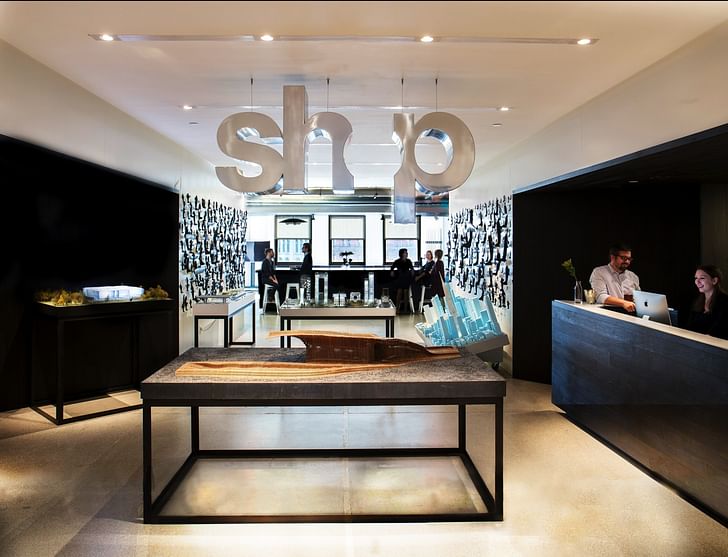
What makes a strong CV/portfolio?
Strong, clear, well-edited design work that is easy to understand without a lot of explanation or context.
How important is an applicant's educational background?
One of the unique things about SHoP is that we really value people with different backgrounds. We are always most excited when we see someone who has followed a different path to architecture.
What kind of training do new hires undergo when they first start?
Our new hires undergo standard software and platform training so that they can better understand how we work, but most of the training happens within the teams on the different projects.


Do you have an internship program? If so, briefly describe.
Yes! We call them junior designers rather than interns. We have relationships with several academic institutions to funnel junior designers to us throughout the school year, and we bring in additional junior designers during the summer. We have never had an unpaid intern, and many of our interns (upwards of 50%) return to SHoP as full-time employees.
What are three words that your employees might use to describe your firm?
Collaborative, focused and fast-paced.
How do you promote inclusivity and diversity in your work environment?
We are proud to have a fairly even split between men and women in our office, and we have many women in senior leadership positions. In addition, we strive to offer opportunities to employees of different backgrounds by making the commitment to paying all our employees a living wage and providing a generous benefits package. And, as previously mentioned, SHoP has never had an unpaid intern. We also support multiple educational programs for school children from very diverse cultural and economic backgrounds with the aim of getting them excited about architecture and showing them that they can have a voice in the design of the built environment.
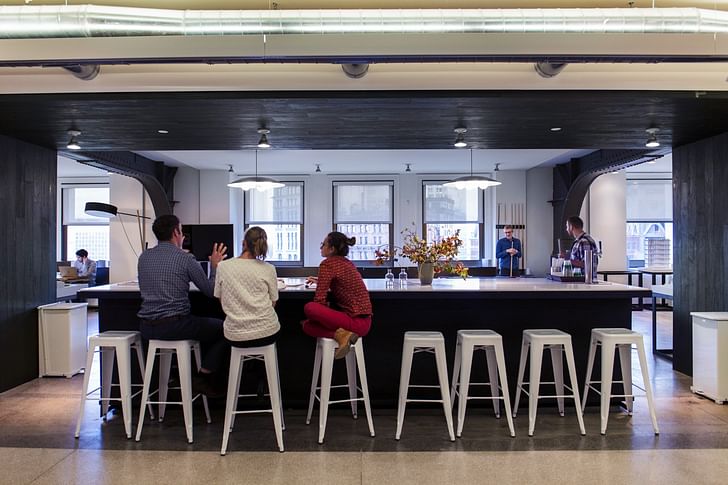
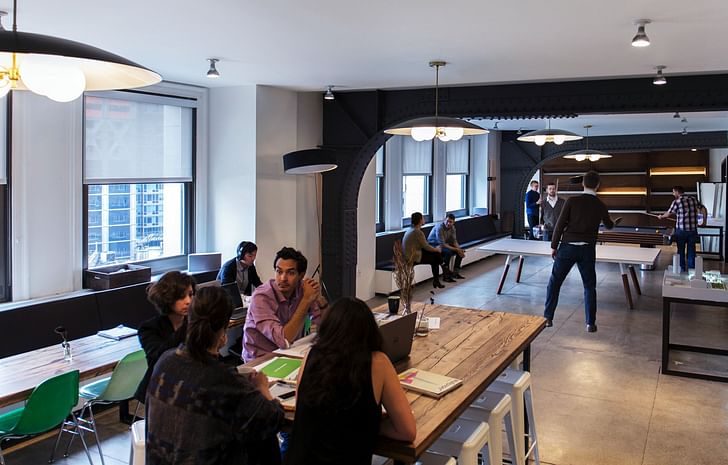
What additional social activities do you do as an office?
So many! We have an ongoing educational series called Tech Talks, and we also do something called Art Talks, where we bring in an artist or a creative to talk to our team and invited guests about their craft and process; we do a monthly happy hour event around a specific project called First Thursdays; we do community service work together with New York Cares; there are all sorts of intramural sports groups and weekly yoga; and we have parties and events throughout the year as well. Additionally, we have something called SHoP.U, where SHoPpers (that’s what we call ourselves) can sign up to teach a course of their choosing – architecture-related or not. We’ve had everything from crocheting, to VR+D, to programming, to sketching and rendering, to knitting. We also encourage our employees to bring ideas for social gatherings and activities to the team, so we are constantly adding new things to the line-up.
If a candidate had the choice between you and another firm, what argument would you use to win them over?
Really, it comes down to our design process and the opportunities available to a young designer coming into our office. We have a ground-up design approach, and we give our employees a lot of responsibility right from the start, which allows them to influence projects from the very beginning.
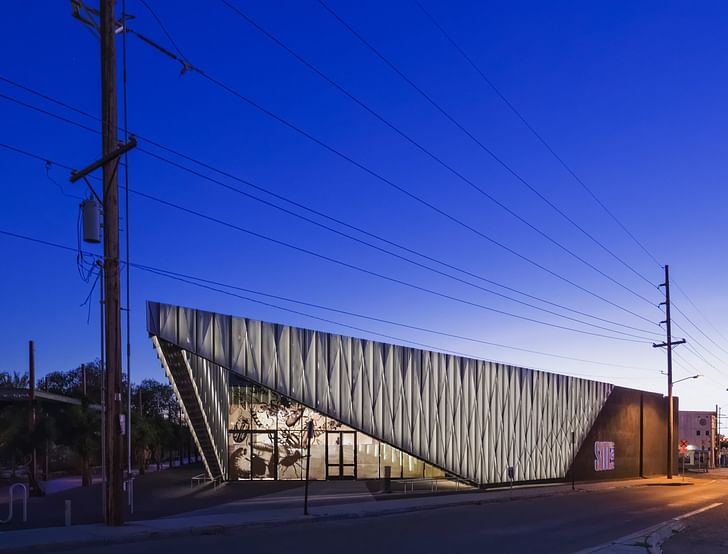
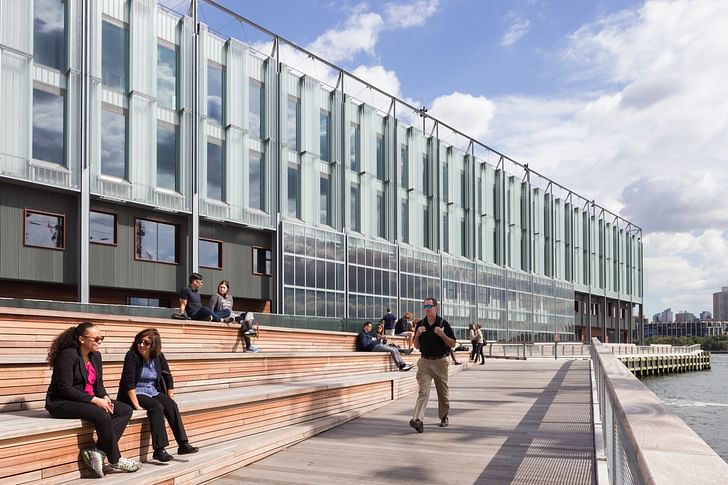
How do you see your firm growing in the next five years?
Rather than focusing on growth, we are constantly evolving the way we approach our work, embracing different technologies and innovations to continue to be at the leading edge of architecture and design. Our commitment is to grow accordingly to make sure that we are always well-equipped to do the work we want to do.
Can you elaborate on how SHoP is embracing different technological innovations?
We take a pragmatic approach to innovation. What technology do we need to better support or coordinate a given task? Does it exist? Can we make it? After we've played with something for a while, we gauge how well it fits with our other tools to help us achieve SHoP's original and (much!) longer-term goal: revolutionizing the famously inefficient way architecture goes from an idea to a physical reality. We have an incredibly talented team here focused full-time on process innovation.
One thing they're working on now is automation to optimize space- planning and environmental design decisions. That picks up on Envelope, our zoning code interpretation system, that SHoP spun off as a separate company in 2016. We're also continuing to explore offsite construction—for its environmental advantages, suitability to mass customization, and promise as the end-point of a fully integrated digital process. In modular, specifically, we're in a partnership right now with a legacy car company. We're very deep into VR/AR, too, of course, primarily as a design tool, and people here are working full-time to really push that. Other stuff is always popping up.
One SHoPper went ahead and coded a real-time cloud-based 3D model interface for datasets, almost as a lark, and we've been using that for a ton of stuff—as a host for sensor data, for instance, or for streamlining clash detection in the field. People on-site at our Botswana Innovation Hub pull it up on their phones. Botswana, meanwhile, totally under the radar, is a direct-to-fabrication project that dwarfs Barclays in terms of the number and complexity of its individual units. It's a measure of what's going on around here that that almost seems like old news!
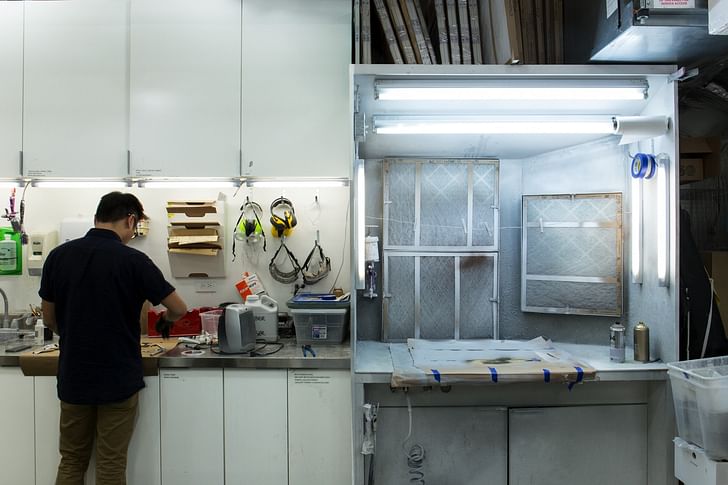
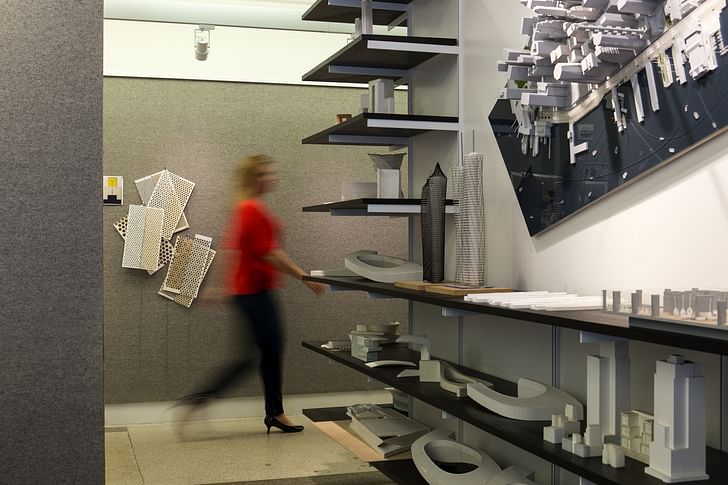
Has SHoP ever considered opening more offices in other locations? Which cities would the firm be most interested in?
We never want to diffuse our studio culture by establishing multiple national or international offices, but it's also incredibly important to us to understand and inhabit the places where we're building. So, SHoP often deploys satellite teams to live and work remotely long-term. Right now, we have teams in Melbourne and San Francisco, and for years, until recently, we had a large team living in Gaborone, Botswana. The teams love it, probably because they get more autonomy, and it allows SHoP to stay both nimble and hyper-engaged when it comes to choosing and working with clients.
Based on your own observations, how has SHoP's design process and office culture evolved over the years?
SHoP has experienced significant growth. And with many more people and projects in the office, we've spent a considerable amount of energy to ensure that we can work now with the same creativity and efficiency that we did when we were smaller. It was a real challenge (albeit a great one to have!) to figure out what needed to change, what didn't, and what new systems could be established to scale our process and culture. At every step we stopped to ask ourselves, what will best support open, healthy, lateral collaborations across the studio? It’s a work in progress and probably always will be, but I think we’re succeeding in maintaining a shared sense of who we are.

Being headquartered in a place as diverse as New York City, and having designed many projects there, does the city influence SHoP's design approach in any way?
Absolutely. To succeed in New York, you need to learn to thrive on constraints. You need to work smart, from a design perspective, but also in balancing so many forces at play constantly, say between a client, the city, the community. We've internalized all those lessons. When we’re faced with thorny, multidimensional problems to solve elsewhere, or even when a project is super straightforward, we find it is invaluable to identify all the constraints early on and formulate a creative strategy that leverages them into opportunities. On another, more basic level, our real love for and understanding of mixed-use urban environments owes something, for each us, to the neighborhoods where we live.
Interested in joining SHoP Architects? Check out their Archinect profile to see if they have any current listings. To see more active listings from hundreds of firms, browse Archinect's Job Board.
No Comments
Block this user
Are you sure you want to block this user and hide all related comments throughout the site?
Archinect
This is your first comment on Archinect. Your comment will be visible once approved.